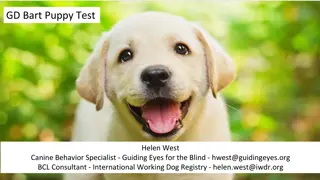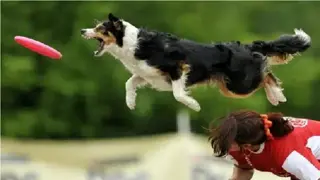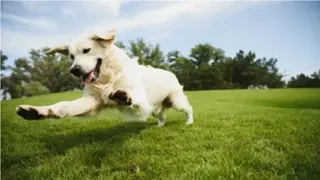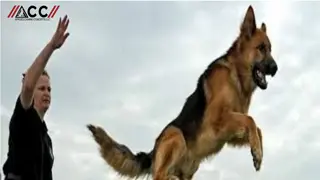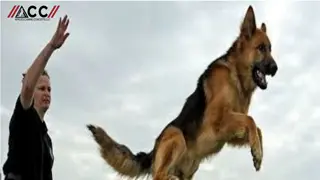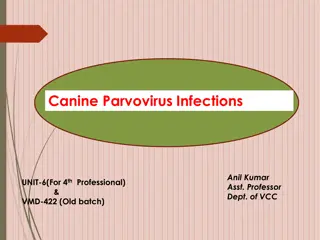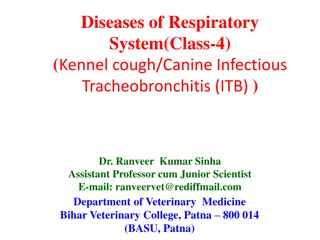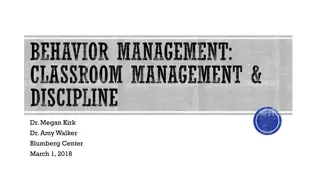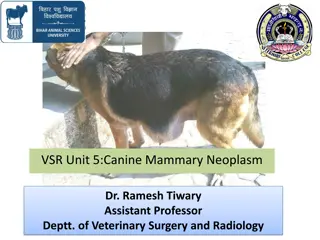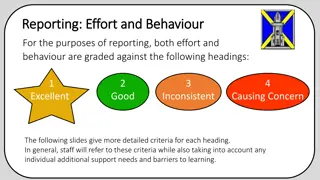Understanding Canine Communication and Behavior
This collection of images and information delves into the intricacies of how dogs communicate through vocalizations, body postures, and behaviors. It emphasizes the importance of observing various cues like ear positions, tail positions, and gaze to interpret a dog's emotional state accurately. By paying attention to displacement behaviors and subtle changes in behavior, one can understand a dog's needs and feelings better, ultimately fostering a harmonious human-canine relationship.
Download Presentation

Please find below an Image/Link to download the presentation.
The content on the website is provided AS IS for your information and personal use only. It may not be sold, licensed, or shared on other websites without obtaining consent from the author. Download presentation by click this link. If you encounter any issues during the download, it is possible that the publisher has removed the file from their server.
E N D
Presentation Transcript
What am I saying? Je suis bien content de te voir. Rester loin
Translation I am happy to see you Stay away
How do dogs communicate? 1. Vocalizations 2. Body Postures 3. Direct Contact 4. Scents or Smells http://www.petprofessionalguild.com/DogBo dylanguage
What to observe Ear positions Tail positions Gaze Where it is looking Stance or positioning Mouth position/baring teeth Vocalizations Displacement behaviors Not in a meaningful context
Displacement Behaviors Not in a meaningful context 1. Yawning 2. Lip licking 3. Grooming 4. Redirected Aggression Can not get to the cause of frustration so takes it out on the closest person/animal.
Summary of What to Observe Pay attention to all parts of the dog s body Watch for subtle or sudden changes in the dog s behavior Be aware of what is going on in the surrounding environment Notice the context in which the behavior occurs
Observations vs. Interpretations Observation describe what you see Interpretation What you think is happening
Threatening gestures 1. Direct eye contact 2. Facing the dog 3. Leaning over the dog 4. Reaching for the dog
Body Postures to observe 1. Ears Neutral (relaxed) Alert (forward) Back (down) Pricked ears stand up on head, ex/ German Shepard Floppy ears hang down, ex/ beagle Cropped ears Ears are cut, ex/Doberman
Body Postures to observe 2. Eyes and gaze A. Direction of gaze Direct eye contact is a threat Avoiding eye contact fear/submissive B. Pupils black center of eye Large pupil = scared C. How open are the eyes?
Body Postures to observe: 3. Mouth 1. Panting can be hot or stressed (displacement) 2. Yawning 3. Baring of teeth 4. Submissive grin showing teeth, but not threatining 5. Lip licking 6. Happy Face
Body postures to observe 4. Tail When watching tail, notice Is it carried low or high How does it change over the course of your observations? Is the hair on the tail fluffed up? Piloerection Is the tail stationary or wagging? If the tail is wagging, is it moving quickly or slowly How does the rest of the dog look?
Body postures to observe 5. Overall body carriage Relaxed or at ease Alert Crouched or cowering Play bow
Animal Body Language Always observe animals body language before and while handling animals.


